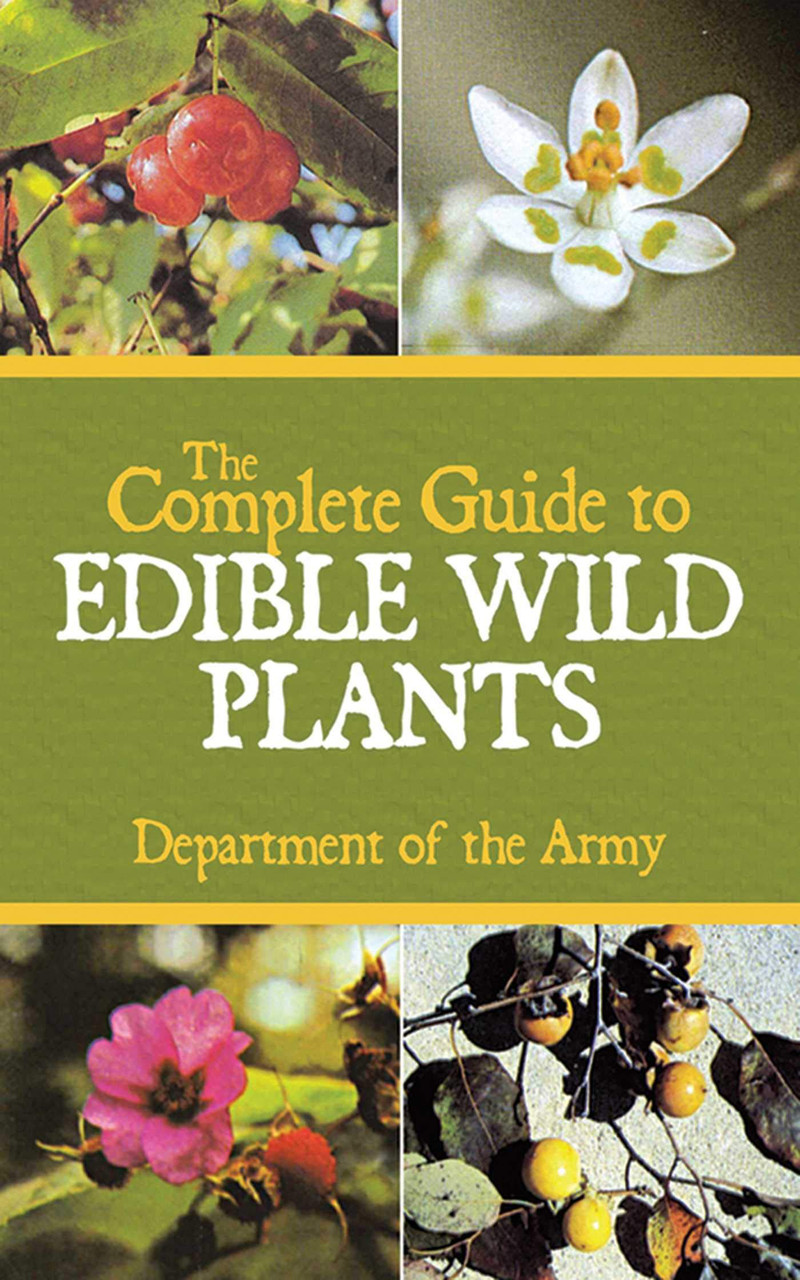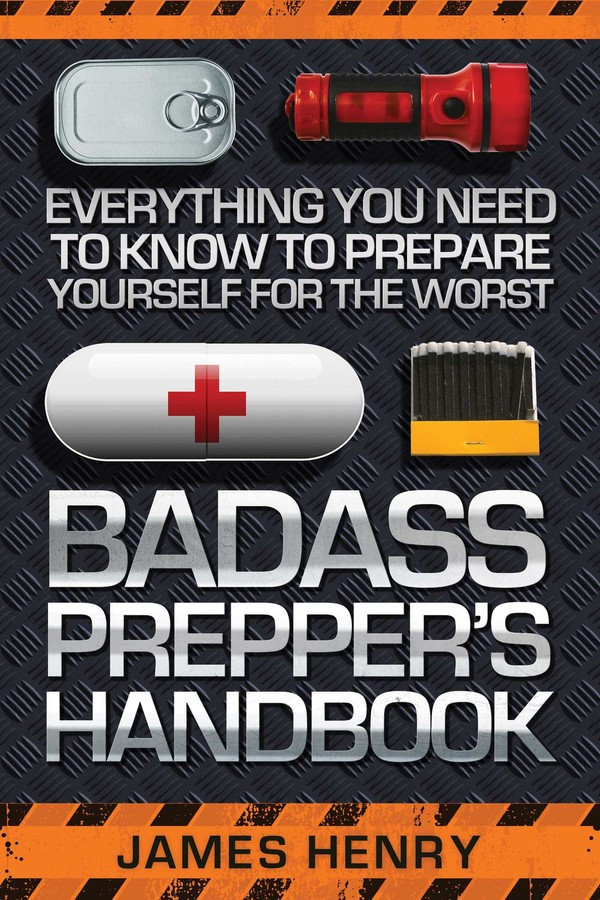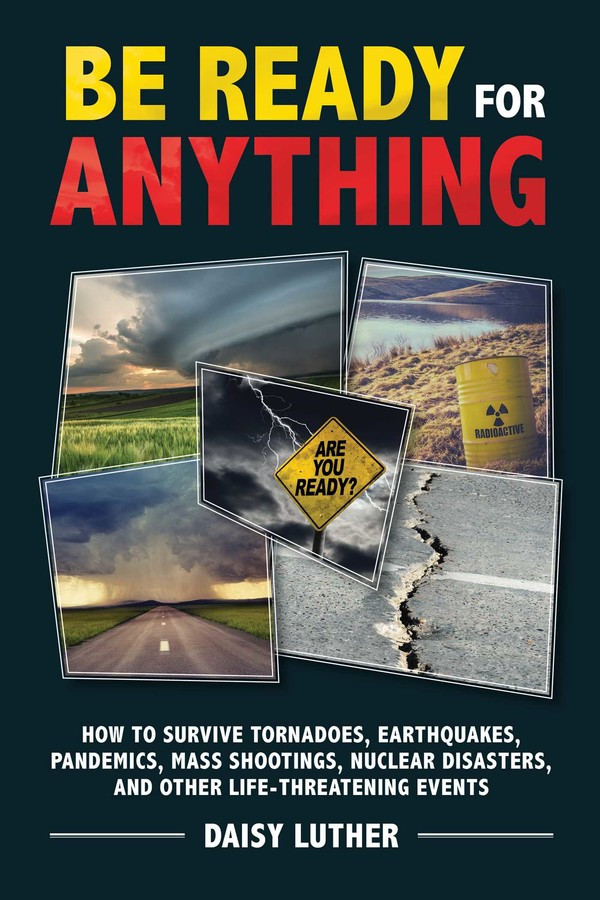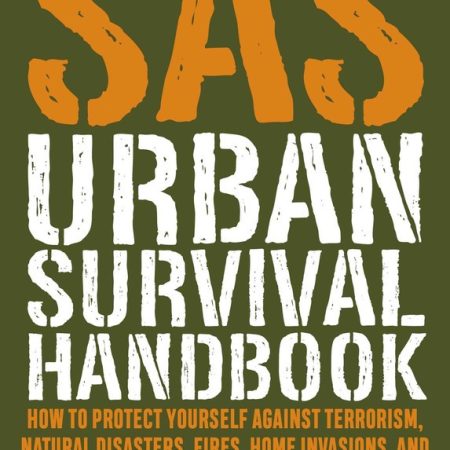| Content | John “Lofty” Wiseman is the author of the bestselling SAS Survival Handbook, the definitive guide to survival in the wild from Britain’s Special Air Service. Now he has compiled the complete guide to surviving among crowds of people, the mazes of office buildings, the dangers of an unfeeling city—put simply, how to stay safe in the urban jungle.
Thousands of preventable fatalities occur in the home every year—more than on the roads, more than in the great outdoors. Household chemicals, electricity, cooking knives, and rodent poisons—in the wrong hands and with improper usage, these day-to-day resources bring danger to your home. Add to this the risks of moving through city streets (the threat of rape, muggings, and gang violence) and the menace of natural disasters (floods, earthquakes, blizzards) that cannot be avoided.
Every day serves as a constant reminder: The world is truly a frightening place.
The SAS Urban Survival Guide advises readers to think practically about urban environments and offers tips and instructions on how to avoid hazards wherever one goes. From self-defense techniques to home security systems to coping with natural disasters, this book teaches readers to recognize danger, make quick decisions, and live confidently in the modern world.
| Knife and Tomahawk Throwing by Harry K. McEvoy. 28 pages. | Now outdoorsman and survivalists can own the official US Army guide to edible plants. Whether you are a stranded soldier, a wilderness hiker, or you just want to know which plants growing in your backyard are edible, this is an invaluable resource.
Anyone who has spent serious time outdoors knows that in survival situations, wild plants are often the only sustenance available. The proper identification of these plants can mean the difference between survival and death.
This book describes habitat and distribution, physical characteristics, and edible parts of wild plants—the key elements of identification.
Hugely important to the book are its color photos. There are over one hundred of them, further simplifying the identification of poisonous and edible plants. No serious outdoors person should ever hit the trail without this book and the knowledge contained within it.
|
- Sections dealing with all kinds of emergency situations
- Great companion book to the Pocket Guide to Emergency First Aid
- Spiral binding lets pages lay flat for easy reading in the field
- Side tabs let you find the right chapter quickly
- Fully waterproof, dirt-proof, tear-proof, wind-proof, kid-proof.
- Pages are made of specially formulated, heat-treated, PVC plastic - polished, resin-coated polyvinylchloride polymer). Pages feature:
- Bright white printing surface - all printing is clear and precise
- Virtual indestructibility - the pages can't rip or tear, and the corners won't bend over
- Flexibility - pages can bend without breaking
- Washable surface - just wipe clean after use or wash in water
- Steel rule die cut with polished edges - the corners won't poke you while in your hand or in your pocket, as often happens with plastic printed materials
- Will not warp, fade or deteriorate. (Keep out of direct sunlight for prolonged periods - nothing can prevent the sun's ultraviolet rays from "yellowing" any kind of paper or plastic. Under normal conditions it will take years of use for these Pocket Guides to "yellow", and even then they will remain clear and perfectly readable!)
| In the chaos of a survival situation, firearms will be important tools for protecting yourself, your family, and your supplies as well as for hunting animals for food. In A Prepper’s Guide to Shotguns, Robert K. Campbell discusses the best shotguns to have with you in any confrontation—including the end of the world as we know it. Shotguns that are easy to carry and lightweight and that shoot accurately and reliably at close ranges are ideal candidates for personal protection. In A Prepper’s Guide to Shotguns, Campbell explores specific shotguns that are appropriate for urban, rural, and suburban environments, with tips on how to use them in each context. Whether at home or in a survival scenario, these shotguns are the best for defense. A Prepper’s Guide to Shotguns not only reviews the specific features of defensive shotguns but how to use them—whether on the move, in a defensive situation, while retreating, or in other circumstances. Campbell also offers expert tips on how to improve your marksmanship, how to maintain your firearms, crucial gun safety rules, what ammo and optics to purchase, and more. | If you’ve ever wanted to learn how to throw knives or tomahawks, look no further than The Ultimate Guide to Knife Throwing. This comprehensive guide is perfect for everyone from novices who have never picked up a knife to seasoned knife and tomahawk throwers looking to compete in their first tournament.
Bobby Branton has been a foremost expert in the field of knife throwing and handcrafting custom throwing knives for over thirty years and shares his expertise here with easy step-by-step directions. Branton shows readers two methods of throwing knives that are most popular with knife throwers today. He will also share his extensive knife-making experience by showing readers how to make a quality throwing knife on a budget.
In addition to improving technical skills, this guide will also give readers a brief history of the sportcovering everyone from the pioneers of the sport to today’s modern impalement artists. This book will give you the tools needed to learn everything from the basics of knife and tomahawk throwing to how to start your own knife and tomahawk throwing club. Readers will learn how to construct targets, learn the basic stance, basic knife and tomahawk grips, and the mechanics of throwing knives and tomahawks. Branton’s guide gives an in-depth look at this fast-growing sport, with a strong emphasis placed on safety.
The Ultimate Guide to Knife Throwing is a must for anyone interested in the sport of knife throwing.
|









